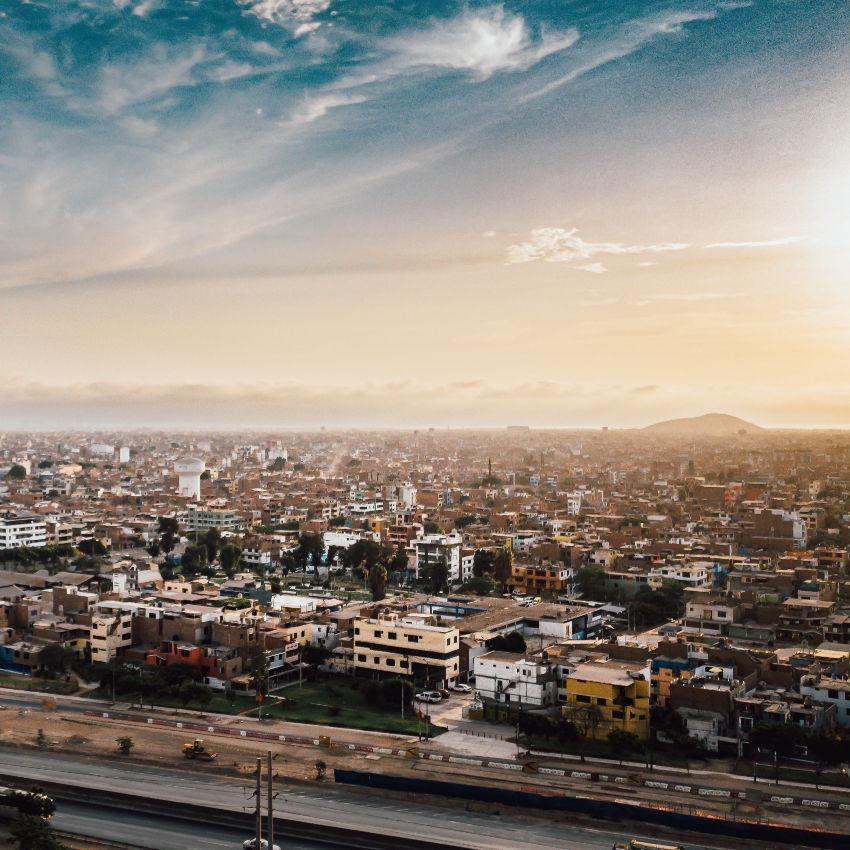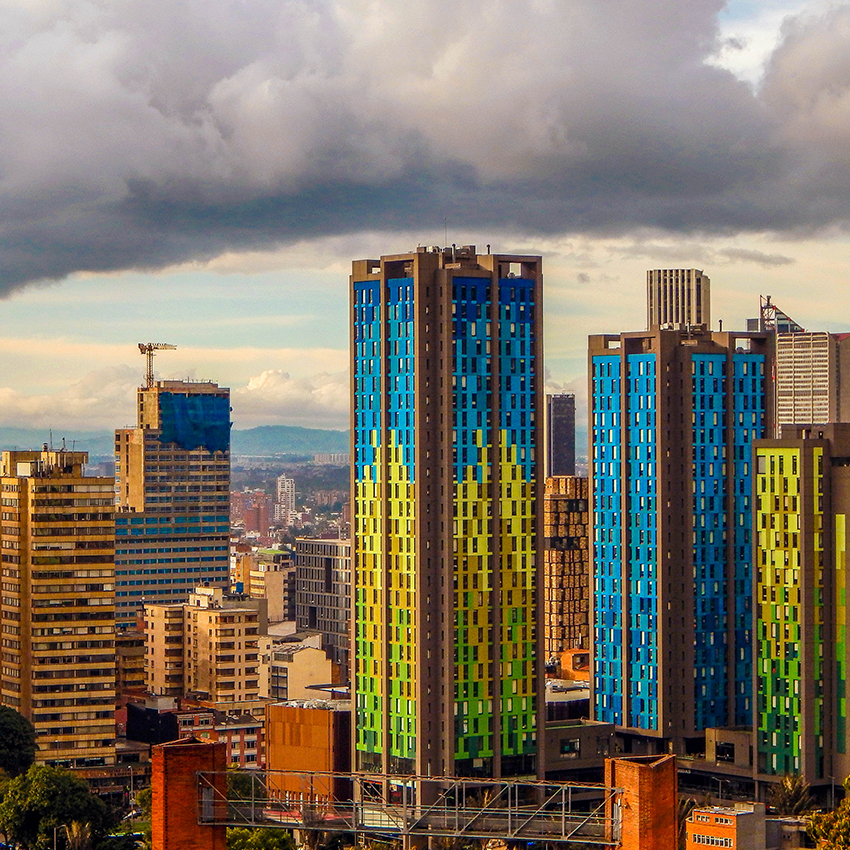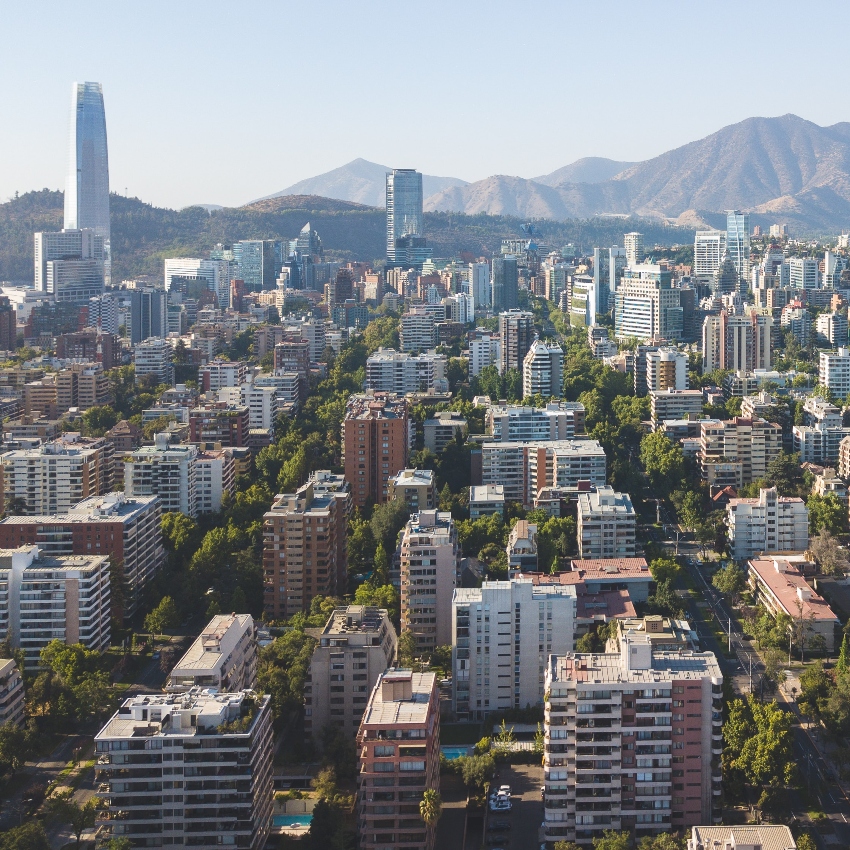The fastest-rising e-commerce market in Latin America, Peru highlights the potential of the region's smaller markets.
Number 6 among the Six Main Markets of Latin America, Peru represents 5% of all e-commerce revenue in the region, but should definitely not be overlooked: Peru has the fastest-rising online market in Latam, growing 21% per year until 2025. From 2020 to 2021 alone, the growth rate was as high as 91%.
This is according to PagSeguro’s Digital Renaissance in Latin America white paper, which analyzes the current and future e-commerce and payments landscape in the most important markets in Latam: in order, Brazil, Mexico, Colombia, Argentina, Chile, and Peru.
Besides the fastest-rising e-commerce market, Peru also has the highest share of online cash payments in Latin America, and it’s a country where cross-border merchants should not miss the opportunity of exploring business growth.
To better understand Peru’s potential and how to better succeed when selling to the country, keep reading the new entry in our exclusive series on how the consumers of each of Latam’s main markets shop and pay online, based upon data from our exclusive study linked above.
Latam’s fastest-growing e-commerce market
Worth $ 13 billion in 2021 and $ 20 in 2022, e-commerce in Peru is expected to reach $ 28 by 2025. Like we’ve said in the introduction, it’s the fastest-growing e-commerce market in all of Latin America, which should keep rising at 21% per year in the next few years.
And there’s plenty of room for it to evolve more and more: even rising so fast, online sales in Peru only reaches 12 million people — 50% of the population, the lowest penetration in Latam. Many of them are open to cross-border sales, which represent 24% of online sales, a percentage that should rise to 31% by 2025.
Peru’s online sales growth in the near future is driven by all e-commerce sectors, in particular streaming and the gig economy, restaurants, grocery, gaming, and general retail. When it comes to cross-border sales, delivery and ride-hailing apps, digital goods and services, and other services all have a 35% share of cross-border sales.
Another difference of Peruvian e-commerce, in comparison to other Latam markets, is that the majority of online shopping in the country is carried out through a desktop, which represents 79% of all sales, with mobile devices accounting for 21% of the purchases.
To give you a better idea of how unusual that is: in Colombia, with smartphone and internet penetration rates (65% for both) similar to Peru (64% and 68%, respectively), mobile purchases account for 69% of all e-commerce, rising to 79% by 2025. In Peru, there is an increase in mobile shopping, but much slower, expected to reach 26% by 2025.
High cash usage, low credit card penetration
As millions of first-time shoppers entered the arena during the pandemic, alternative payment methods grew rapidly in Peru, which has the highest share of online cash payments in Latin America – with providers such as Pago Efectivo dominating the country’s payment landscape, alongside e-wallets and debit cards, growing in the pandemic.
Peru also has the highest share of cash usage across the economy overall: 80% of face-to-face retail in 2020.
After all, even though banking access did increase in 2020, it’s still quite restricted, with only 53% of the adult population having a bank account. Consequently, access to credit cards is also very low — only 30% of the adult population has one, and they represent 34% of total e-commerce volume, the lowest share in Latam. This changed dramatically in the last few years since 2019, when credit cards accounted for 64% of online sales.
As we’ve shown here, penetrating Peru’s rising e-commerce market can represent major potential for cross-border merchants, provided they understand the fundamental role local payment methods play in that.
To learn more about selling to Peru and the importance of local payment methods for your Latam strategies, click below to talk to us:





